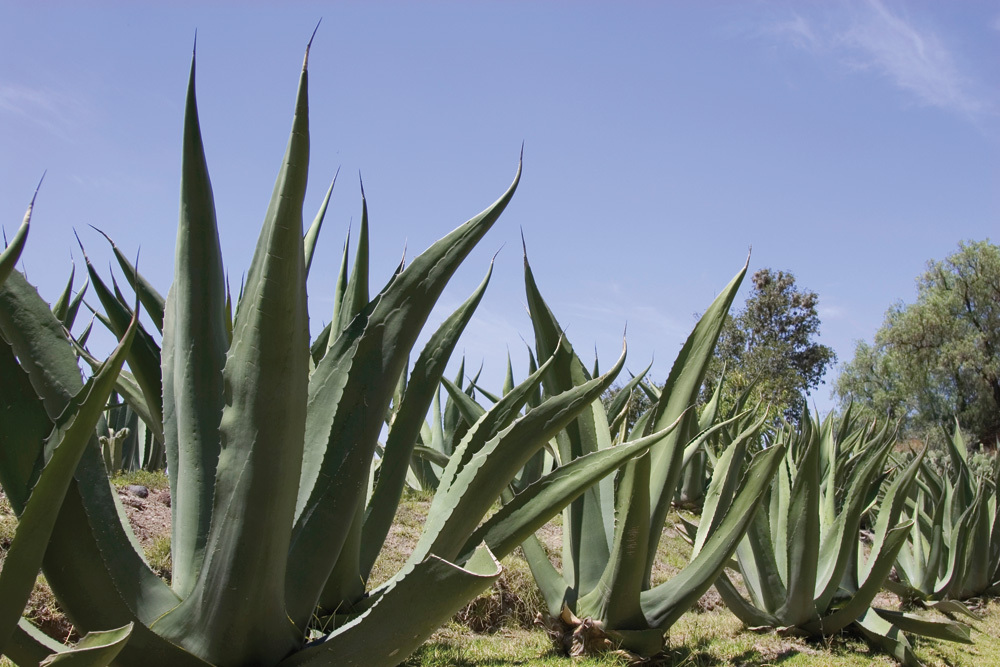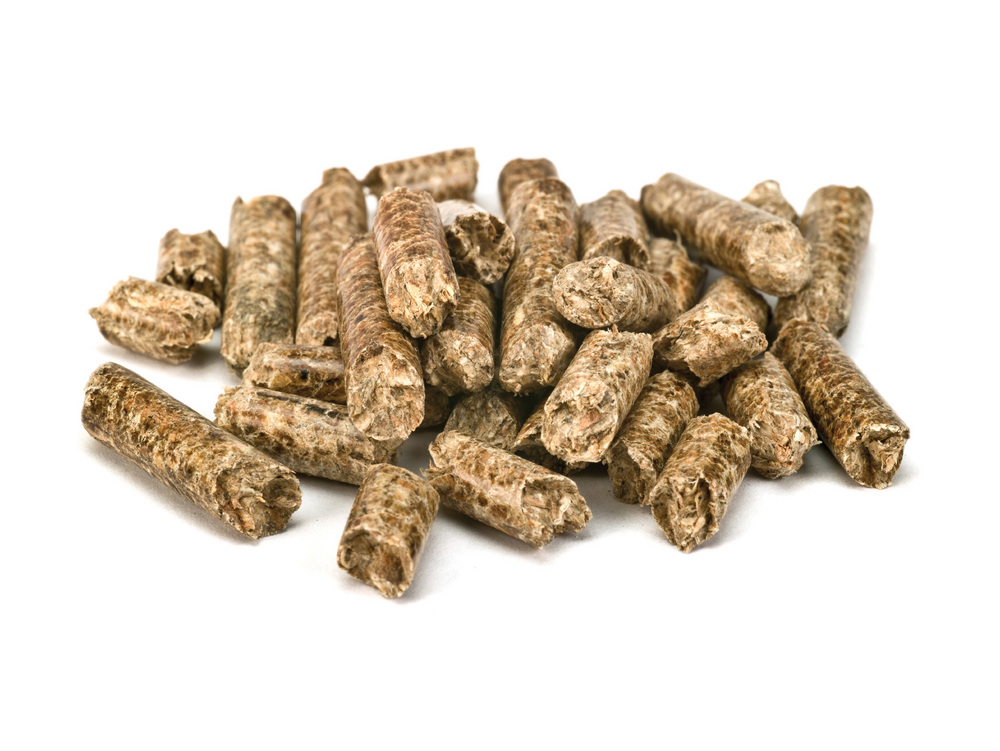Integration and Use of Solid Waste from Agave







March 22, 2011
BY Francisco X. Villasenor
PPrompted by the high cost of energy in industrial processing, a research and development company, Carbon Diversion America Latina S.A. de C.V. (CDAL), was founded in 2007, in Mexico, to develop new paradigms for producing renewable energy by converting biomass in a closed-cycle energy system.
Tranformacion Carbon y Energia, S de R.L. de C.V. (TCE) will be the first facility to use agave biomass as a renewable feedstock and operate the technology from CDAL, according to Franciso Villasenor, president and CEO of Carbon Diversion, who has been researching second-generation biofuels and believes that converting agave residues will revolutionize heat and electricity production in Mexico.
The first stage of the process will involve densifying―and in subsequent stages flash carbonization and torrefaction―the biomass into pellets and briquettes that can be used to produce biocarbon, biofuel, steam and electricity.
This process will allow TCE to offer an efficient and responsible solution to reduce organic residues and carbon emissions.
During the processing of agave, tequila is produced along with solid residues that are hard to dispose of. Specifically, the project operated by TCE has dual objectives: to ecologically dispose of the agave waste by converting it into a solid fuel, which will be considered a second-generation renewable fuel because it doesn’t use feedstocks that are consumed by humans, and to make use of left over agave leaves that previously had no other purpose, thereby solving a current environmental problem.
With this process, the formation of carbon dioxide, as well as the methane that is produced inside the agave bagasse piles, will be avoided.
Project Status
The first facility has been installed in Amatitán Valley in Jalisco State, Mexico, 40 kilometers (24 miles) from Guadalajara City, in order to certify the process and system as well as the production of agave briquettes, agave pellets and biocarbon. In other words, the pilot plant will use agave biomass as a feedstock to demonstrate its industrial viability.
Advertisement
Advertisement
Since CDAL was founded, it has three pending patents registered in the intellectual property institute—Instituto Mexicano de Propiedad Industrial.
The first patent covers the process and system to transform the agave biomass into biocarbon and simultaneously into energy. The second is related to the industrialization of the agave biocarbon, the mixes and the byproducts. The third is a patent for the mix and the method of preparing a solid fuel made out of Agave spp, and the biofuel in briquette and pellet forms.
TCE will provide a disposal method for the waste produced in the agave industry, including tequila distilleries, inulin and honey factories, ethanol facilities and industrialized pharmaceutical alcohol production. TCE will be the first of many plants that will be installed in Mexico in the short term as the pilot project is developed.
The method to prepare this solid fuel from agave biomass involves pretreating the feedstock. Some of the outstanding properties of the new densified agave fuel are:
• High fixed carbon
• Low moisture
• High density
Advertisement
Advertisement
• Excellent superior heating value
• Extraordinary chemical composition
• Lignocellulosic material
• Long-period consumption
• Convenient dimensions
• Cylindric format
The pellets and briquettes are in cylindrical form and can be produced from agave residue and other biomass including clean wood waste, which may consist of sawdust and shavings, wood chips and other organic waste. It is a fuel that is widely used in developed countries for power generation through combustion in boilers and stoves.
Economically speaking, the heat that’s generated using agave pellets or briquettes costs less than the cost to do so with diesel or other fossil fuels.
Author: Franciso X. Villasenor
President and CEO,
Carbon Diversion America Latina S.A. de C.V.
52-33-37206455
fcoxvpv@gmail.com
Upcoming Events





